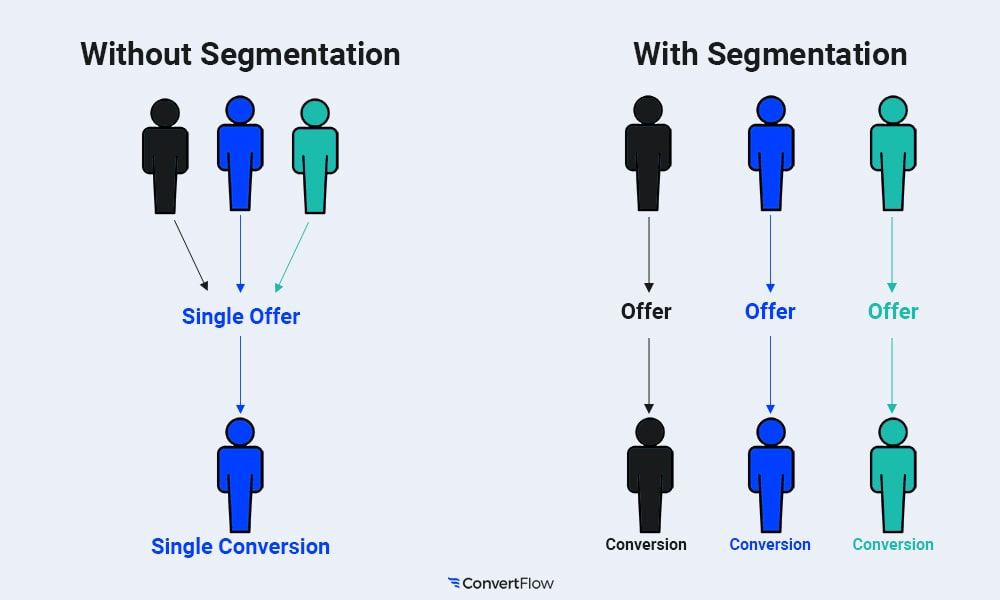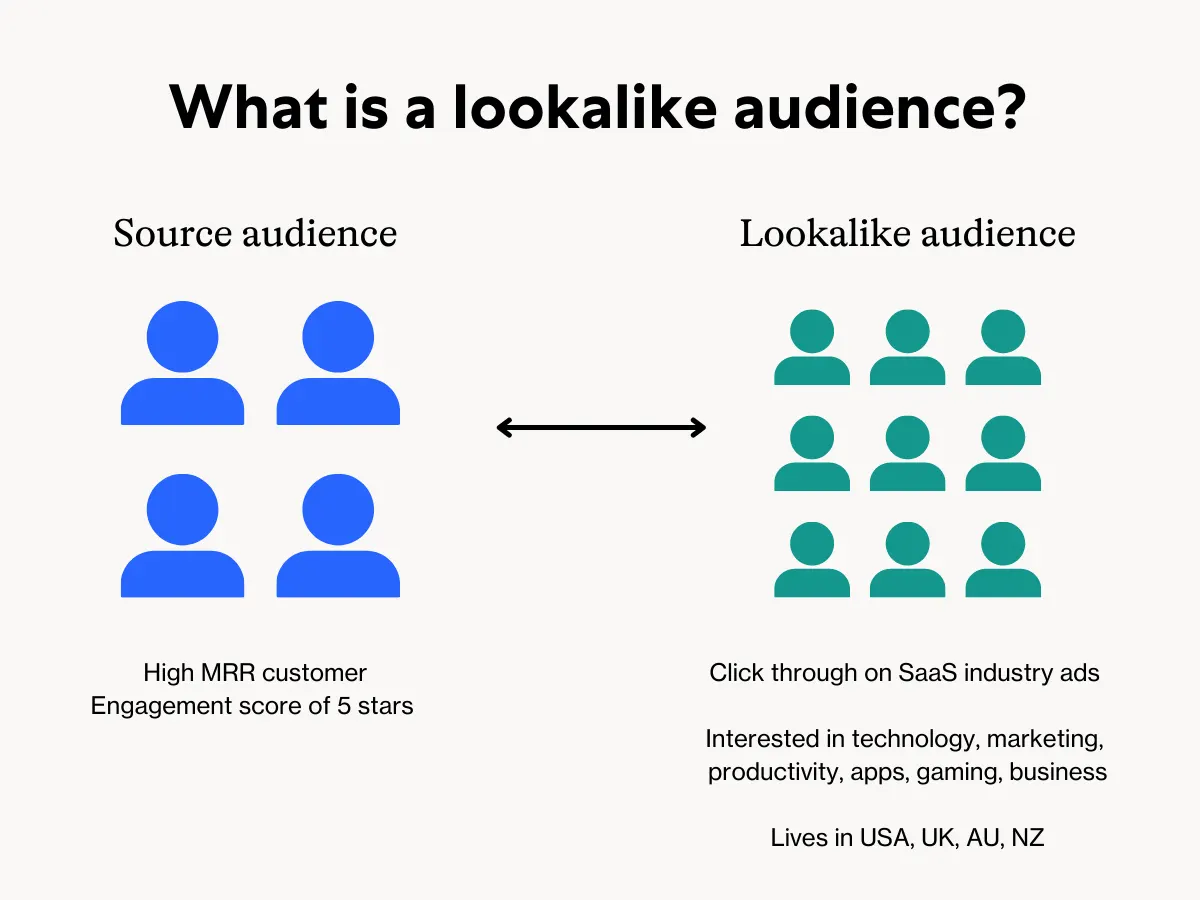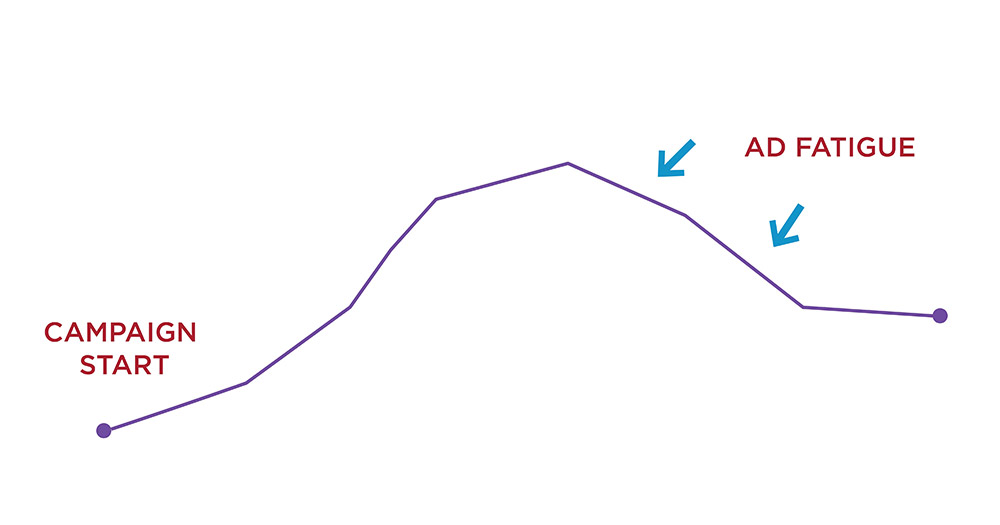Are you struggling to achieve the desired results with your lookalike audience?
Lookalike audiences are a powerful feature of digital marketing, allowing you to reach potential customers who share characteristics with your existing audience. However, some common mistakes can hinder your conversions if not avoided.
In this blog post, we will explore three key reasons why your lookalike audience might not be converting and provide valuable strategies and tips to optimize their performance.
3 Reasons Why Your Lookalike Audience Isn’t Converting
1) Going Too Broad: The Importance of Audience Segmentation
When it comes to the significance of audience segmentation, striking the right balance between reaching a larger pool of potential customers and maintaining relevance becomes paramount.
Going too broad in your targeting efforts can have adverse effects on the effectiveness of your marketing campaigns, as it dilutes the impact and reduces the chances of conversions. Therefore, it is essential to emphasize the importance of keeping our lookalike audiences tight and focused to maximize results.
Consider the following scenario:
You have an original audience consisting of fitness enthusiasts in their 20s. Now, when creating a lookalike audience, targeting a percentage greater than 1% may seem tempting as it could potentially expand your reach. However, it’s crucial to recognize the potential drawbacks associated with going too broad.
In maintaining a smaller lookalike audience, say 1%, you’ll ensure that your targeting efforts remain highly specific and precise:

This narrower focus allows you to find individuals who closely resemble your existing audience, enhancing the chances of engagement and conversion. When your ads reach people who share similar traits, interests and behaviors with your original audience, you establish a stronger connection and increase the likelihood of generating positive outcomes.
Why does this work? Well, by targeting a lookalike audience of 1%, you’re essentially harnessing the power of data and leveraging patterns that have been observed within your existing audience. These patterns indicate that certain characteristics or preferences are more likely to result in conversions.
It’s important to remember that the ultimate goal of any marketing campaign is to drive conversions. While it may be tempting to cast a wider net, the key lies in finding the delicate balance between reach and relevance.
When you hone your focus on a smaller, more refined lookalike audience, you can ensure that your ads reach the most relevant individuals who are more likely to convert:

This targeted approach saves you valuable resources, including time and money, while delivering higher-quality leads and maximizing the return on your marketing investment.
2) Ad Fatigue and Creative Refreshment
One of the factors that can hinder conversions within your lookalike audience is ad fatigue and a lack of creative refreshment. When your audience is repeatedly exposed to the same ads, they become desensitized and their responsiveness diminishes over time.
To address this issue, it is crucial to actively combat ad fatigue by regularly refreshing your creatives and controlling the frequency at which your ads are shown. Instead of bombarding your audience with an overwhelming number of impressions and creating ad fatigue, it is important to strike a balance and cap the frequency appropriately:

For instance, consider limiting your ads to one per day to avoid overwhelming your audience.
Furthermore, to combat ad fatigue effectively, it is essential to experiment with different ad formats, visuals and messaging.
This can be achieved by diversifying the types of ads you run, such as using carousel ads, video ads or interactive ads, depending on the platform and audience preferences. Additionally, you can explore different visual elements, such as varying colors, imagery and designs, to create a fresh and captivating experience for your audience.
Moreover, pay attention to your messaging and consider testing different copywriting approaches and calls to action to keep your audience engaged and motivated to take action.
It is important to note that even though you are targeting a lookalike audience, it does not exempt you from the need to continuously refresh and diversify your creatives.
Each audience segment within your LinkedIn lookalike audience may have unique preferences and sensitivities, so catering to their specific interests and needs can significantly improve conversion rates.
3) Warming Up Your Lookalike Audience
It’s essential to recognize and address the inherent “coldness” that exists compared to your existing customers or warm leads. It’s crucial to understand that these individuals may not be familiar with your brand or products yet, requiring you to invest time and effort in nurturing them before expecting immediate conversions.
To effectively acquaint your lookalike audience with your brand, one powerful strategy is to leverage social proof elements that resonate with them:

Testimonials, case studies, images and reviews are all valuable tools that can be incorporated into your marketing efforts.
These social proof elements serve as evidence that your brand delivers on its promises and can be relied upon. Integrating these elements into your ads and landing pages provides social validation and generates interest, encouraging your lookalike audience to consider your offerings more seriously.
Adopting a gradual approach can also be highly effective in warming up your lookalike audience. Rather than immediately driving them to your website with a direct sales-focused message, consider preparing your cold traffic with pre-sale content.
This can take the form of informative case studies or data-backed insights that highlight the unique value and benefits of your products or services. This will familiarize your lookalike audience with your brand, increasing the likelihood of them engaging with your offerings when the time is right.
When you take the time to prepare your lookalike audience, you will effectively bridge the gap between their initial lack of familiarity and eventual conversion.
This approach acknowledges the need to build a foundation of trust, credibility and interest before expecting them to make purchasing decisions.
Final Thoughts Why Your Lookalike Audience Isn’t Converting
Optimizing your lookalike audience conversions requires thoughtful anticipation. If you lay the proper groundwork and properly define who fits best in the category of your lookalike audience, you can significantly enhance your campaign expansion performance.
With these tips, you should be well-equipped to maximize the results of your lookalike audience campaigns. Embrace the potential of this powerful targeting tactic, and watch your conversions soar!
Curious to know how an agency would do it? Check out our how these agencies approach paid social media.
If you’re ready to level up your ad campaigns, Single Grain’s paid ads experts can help!👇
Repurposed from our Marketing School podcast.






